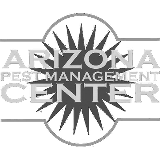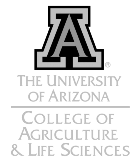In Yuma's arid agricultural landscape, selecting the right cover crops can significantly influence soil health, water management, and overall sustainability. Two notable options gaining attention among growers are Sudan grass and Sesbania. Sudan grass, a warm-season annual grass, is widely valued in Yuma for its ability to rapidly establish, providing excellent soil protection against erosion and wind. Its extensive root system enhances soil structure, boosts organic matter, and improves moisture retention, crucial for subsequent crops grown in desert conditions. Sesbania, a fast-growing legume, offers additional benefits. It excels at fixing atmospheric nitrogen, naturally enriching the soil and reducing the need for synthetic nitrogen fertilizers. Its deep taproot system penetrates compacted soil layers, improving water infiltration and reducing salinity levels, a common challenge in Yuma's agriculture.
Which Cover Crop Should You Choose?
The decision between Sudan grass and Sesbania depends largely on specific farm goals and challenges. If rapid establishment, erosion control, and increased organic matter are primary concerns, Sudan grass is an excellent choice. However, if the goal is to address soil fertility, nitrogen fixation, and salinity issues, Sesbania may be more beneficial. Using either Sudan grass or Sesbania as a cover crop in Yuma promotes healthier soils and supports sustainable farming practices, benefiting growers economically and environmentally. Considering these cover crops can be a strategic move toward enhanced agricultural productivity and long-term soil health in the region.





